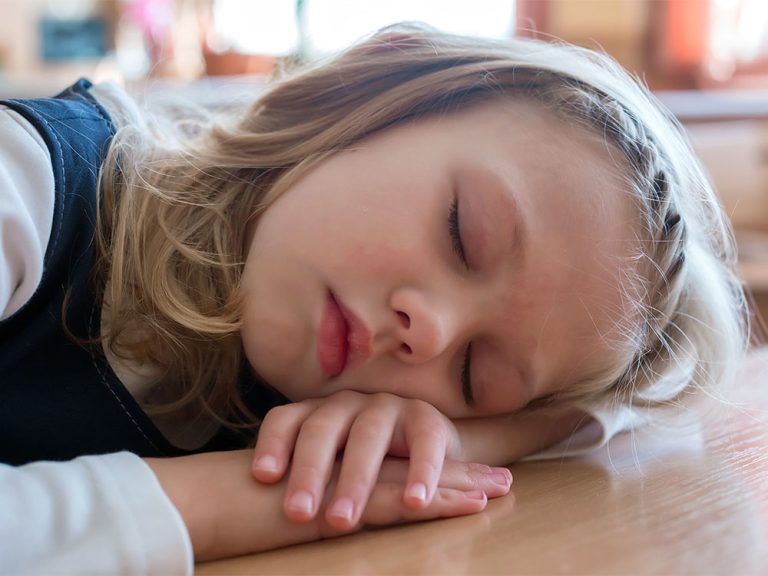Fever in Babies: What to Do at Home and When to See a Doctor
Fever refers to an increase in body temperature. Fever in babies is when their temperature rises above 37.5°C or 38°C depending on the area where it is taken. Parents should know that fever itself is not an illness, but rather a warning that something is happening in the baby’s body.
In fact, fever can appear for several reasons, the first is due to excess clothing, especially in nursing and newborn babies , since as they are not yet able to regulate their own temperature, excess clothing and the heat of the environment can easily cause their temperature to rise.
The second reason is due to vaccinations and the third is due to an infection, which is the most common cause. Fever is very useful in these cases because it stimulates the immune system to fight infections using the body’s natural defense mechanisms.
Fever in Babies: Everything You Need to Know
Fever Indicators
It is best to have a digital thermometer at home. In this case, there are three very important indicators, since the temperature is not the same throughout the body. If you take the temperature in the mouth, there is a fever if it is 37.8°C or higher. An armpit temperature of 37.2°C or higher indicates a fever, and a rectal temperature of 38°C or higher indicates a fever.
If you don’t have a thermometer handy, there is a method called “touch temperature,” which consists of kissing the baby on the forehead or lightly touching his or her skin to feel how warm it may be.
However, this is not a very accurate way of measuring fever, but it can initially give an indication. Another indicator is to see if the child begins to breathe more quickly or has a faster heart rate.
How to Treat It at Home?
A fever episode can appear at any time, but it is important to know that not all cases require medication or a visit to the pediatrician . If the baby or child eats well, drinks, wants to play, smiles, is alert, has a normal skin color and generally looks good, it is not necessary to go to the doctor.
In this case, you can take steps at home to help your child feel better and lower the fever. The first thing to do is to dress him in light clothing. If it is time to sleep, cover him only with a sheet or a thin blanket.
Offering drinks is the best way to prevent dehydration. Try different options such as water, ice cream, gelatin or soup. Don’t offer caffeinated drinks or teas because they can make dehydration worse.
When to Go to the Doctor?
You should immediately go to the doctor if your baby under 3 months of age has a rectal temperature of 38°C or higher; in the case of children, a temperature of 39°C or higher. However, there are other conditions in which you should take your child to the doctor, even if he or she does not have a fever of 39°C, but rather a little less, for example:
1. The child has persistent vomiting and/or diarrhea
2. Does not consume liquids and is too sick to consume them
3. Complains of any specific pain
4. If the child presents any signs of dehydration such as lethargy, is less active, does not have tears when crying or is urinating less than usual
5. If the child has pain when urinating
6. If the fever is recurrent, even if it does not last long
7. In the case of children under 2 years of age, if the fever lasts more than 24 hours, and in the case of children over 2 years of age, if the fever lasts more than 72 hours
8. If the child has any skin rash
9. Also in the case of the child having a chronic illness
The following factors are reasons why you should take your child to the emergency room:
1. If the child has a severe headache
2. If the child’s crying is inconsolable
3. If the child has trouble waking up or is lethargic
4. If the child is extremely irritable or very restless
5. If the child has a stiff neck
6. If the child’s tongue, lips or nails are blue
7. If the child has purple, bruised or rashy skin
8. If the child has abdominal pain
9. If the child is drooling and leaning forward
10. If the child still has trouble breathing after unclogging the child’s nose
11. If the child has seizures





